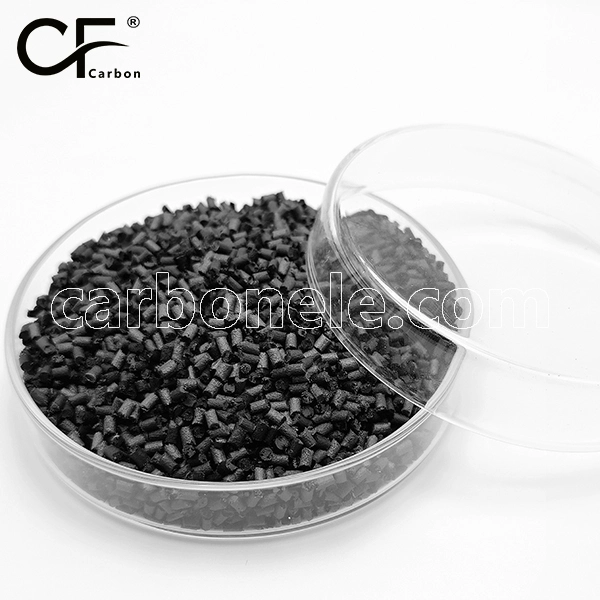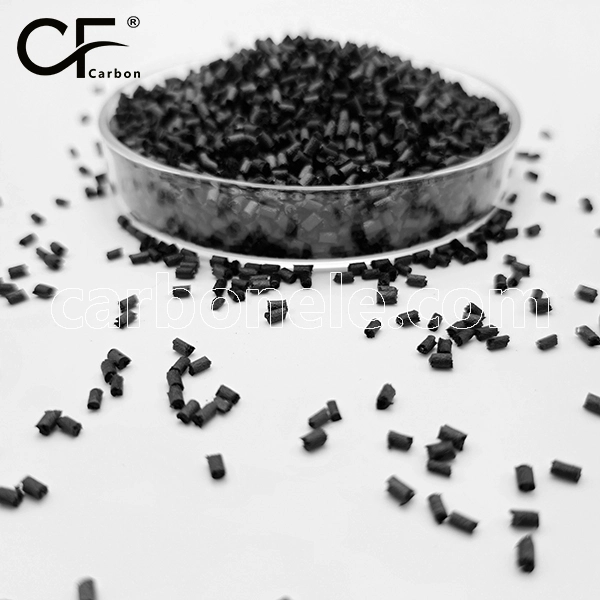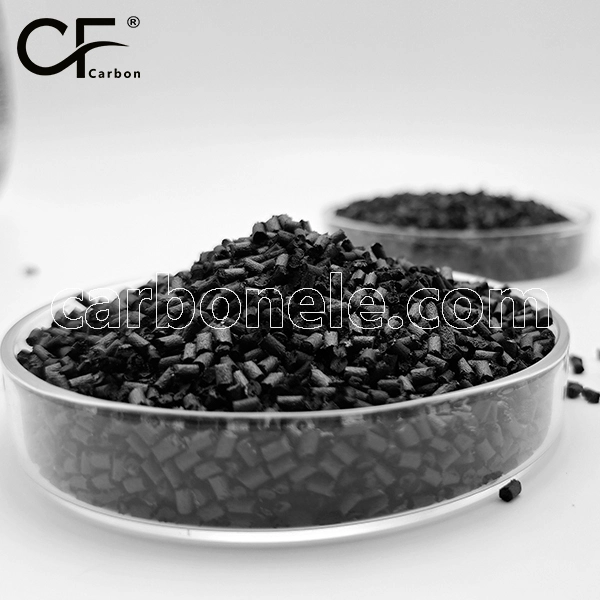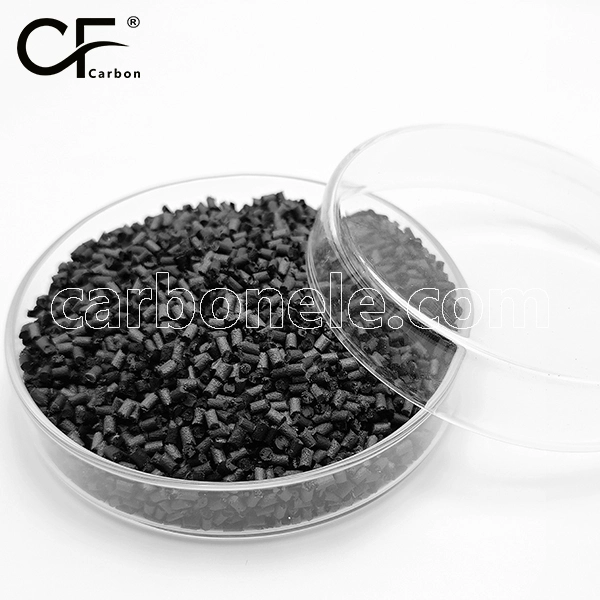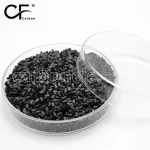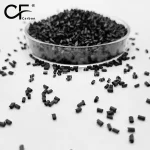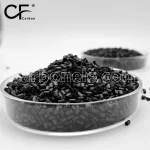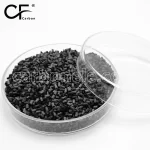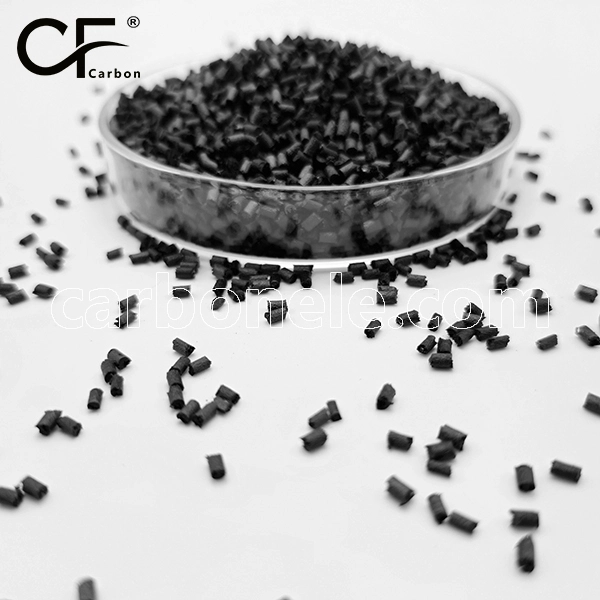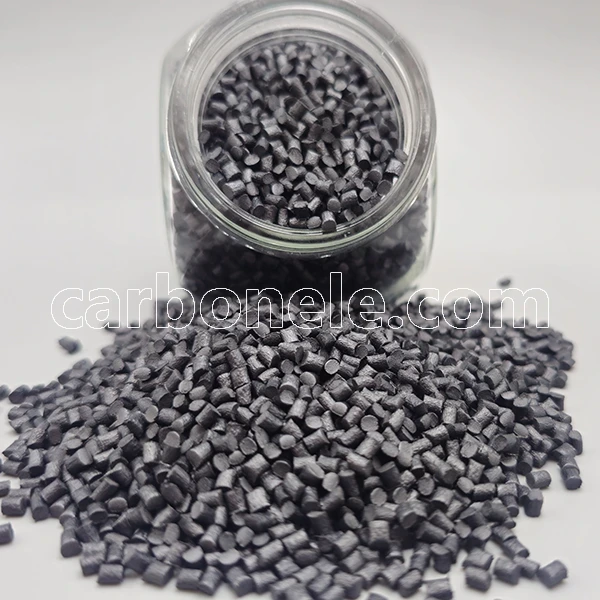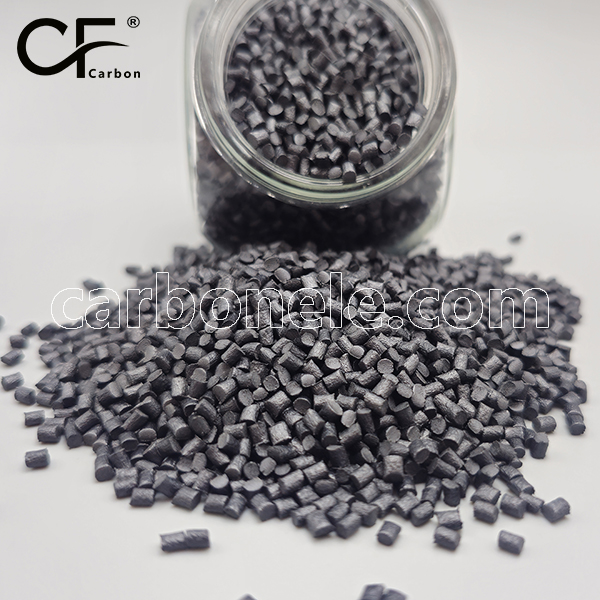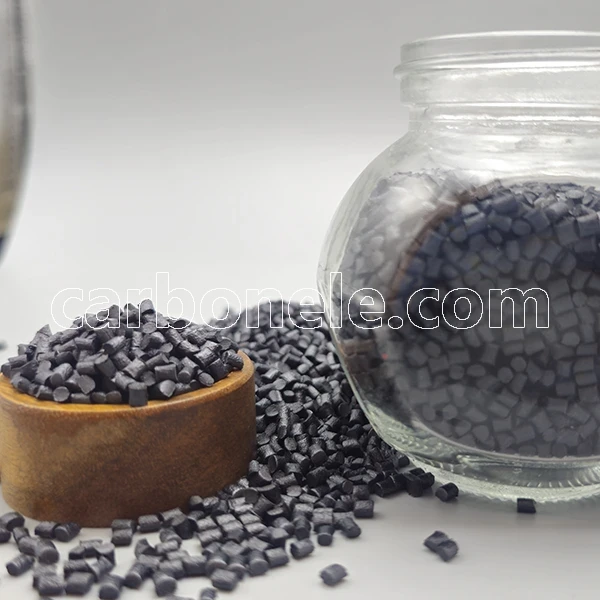
Non-stick Easy Demoulding CF20 PEEK for Separation Claws
- Manufacturer: Carbon New Material
- OEM/ODM: Acceptable
- Color: Black
- Free Samples: ≤25kgs
- MOQ: 100kgs
- Port: Xiamen
- Model: PEEK-CF-BCA2
- Fillers: Chopped carbon fiber
Non-stick Easy Demoulding CF20 PEEK:
1. High Strength: Possesses excellent mechanical strength to withstand external forces during operation.
2. High Rigidity: Enhanced rigidity by carbon fiber addition, reducing deformation for stable work.
3. Good Anti-fatigue Property: Withstands repeated stress during frequent demoulding without failure.
4. High Heat Resistance: Maintains physical and chemical properties in high-temperature environments.
5. Low Coefficient of Thermal Expansion: Ensures dimensional stability with temperature changes for precision.
6. Non-stick Property: Prevents materials from adhering to the separation claws, facilitating smooth demoulding.
7. Easy Demoulding: Designed for effortless demoulding, reducing force and wear on molds and claws.
8. Chemical Stability: Shows good resistance to various chemicals, ensuring long-term performance.
What’re Separation Claws?
Separation claws are mechanical components often used in industrial processes, especially in manufacturing and production lines where the separation of parts or materials is required. They are typically made from high-performance materials such as PEEK (Polyetheretherketone) reinforced with carbon fibers, which endows them with properties like high strength, rigidity, and excellent wear resistance.
These claws are designed with specific shapes and structures to grip and separate objects effectively. For example, in the injection molding industry, separation claws can be used to remove molded parts from the mold cavity. Their non-stick and easy demoulding properties ensure that the parts can be taken out smoothly without damaging the product or the claws themselves.
In automated assembly lines, separation claws play a crucial role in sorting and separating different components. They can accurately pick up and place parts, improving the efficiency and precision of the production process. Additionally, in some separation and recycling processes, these claws can be used to separate different materials based on their physical properties. Their durability and reliability make them suitable for continuous operation in various harsh working environments.
Why Choose Non-stick Easy Demoulding CF20 PEEK Materials?
The non-stick property of CF20 PEEK ensures that during the separation process, objects or materials being handled do not adhere to the claws. This prevents the loss of product quality and simplifies the operation, as there is no need for excessive force or additional cleaning to remove stuck materials.
The easy demoulding characteristic is crucial. Separation claws often work with molds, and this feature allows for quick and smooth removal of parts from the mold, enhancing production efficiency. The addition of 20% carbon fiber (CF20) to PEEK boosts its mechanical strength and rigidity. This enables the claws to withstand the forces involved in gripping and separating objects without deforming or breaking.
EEK itself has excellent heat resistance and chemical stability. In industrial environments where there may be exposure to high temperatures or various chemicals, the claws made from this material can maintain their performance over a long period. Its good wear resistance also means that the claws can be used repeatedly without significant degradation, reducing maintenance and replacement costs.
CF20 PEEK & GF20 PEEK
The table presents a comparison of the properties between CF20 PEEK and GF20 PEEK. In terms of mechanical properties, CF20 PEEK outperforms GF20 PEEK in tensile and flexural strength, with values ranging from 180 - 240 MPa and 240 - 350 MPa respectively, compared to 120 - 180 MPa and 180 - 280 MPa for GF20 PEEK. Also, CF20 PEEK has higher tensile and flexural moduli. However, GF20 PEEK shows better impact strength, from 8 - 15 kJ/m² against 6 - 12 kJ/m² of CF20 PEEK. Regarding thermal properties, CF20 PEEK has a higher heat deflection temperature (around 310℃) and a lower coefficient of linear expansion. GF20 PEEK has a density range of 1.40 - 1.50 g/cm³, slightly lower than CF20 PEEK's 1.45 - 1.56 g/cm³. These differences should be considered when choosing between the two materials for specific applications.
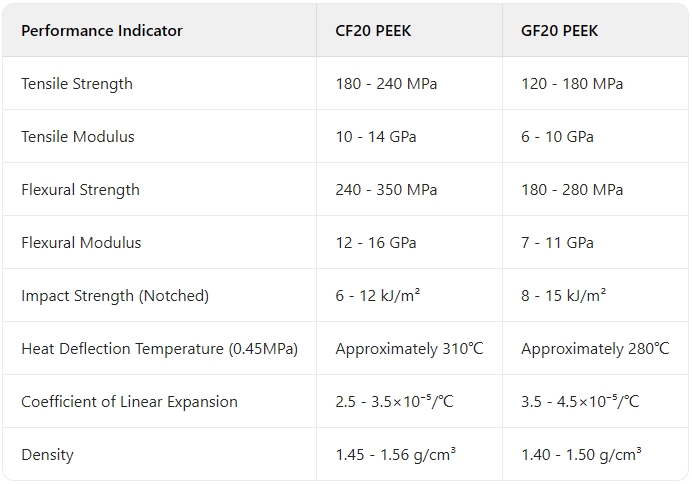
Get to Know Carbon Fibers
The table presents key performance data of carbon fiber grades. T300, with a tensile strength of 3530 MPa and a tensile modulus of 230 GPa, has a relatively low tensile elongation at break of 1.5% and a body density of 1.76 g/cm³. As the grade increases, for example, T700S shows an enhanced tensile strength of 4900 MPa compared to T300, while maintaining the same tensile modulus but with a higher elongation at break of 2.1%. T800S and T1000G both have a tensile modulus of 294 GPa, and their tensile strengths are 5880 MPa and 6370 MPa respectively. T1100G stands out with the highest tensile strength of 7000 MPa and a tensile modulus of 324 GPa. Generally, with the increase in product grade, the tensile strength and modulus tend to rise, while the density remains relatively stable around 1.8 g/cm³.
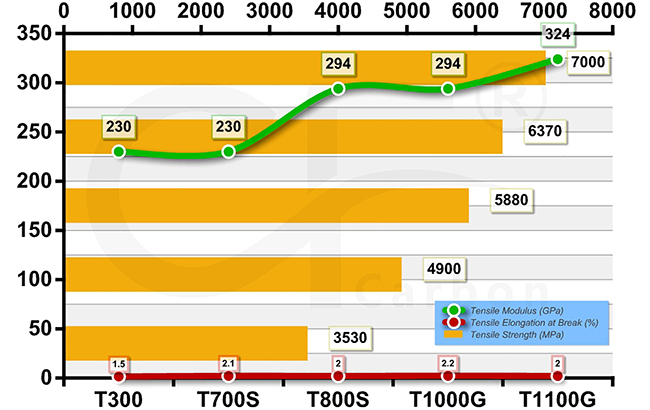
Why Choose Us?
Carbon (Xiamen) New Material Co., Ltd. stands out for its expertise in CFRTPs. We possess cutting-edge tech, ensuring top-notch product quality. Our dedicated team offers personalized service and strict quality checks. Choose us for reliable materials and a seamless cooperation experience.
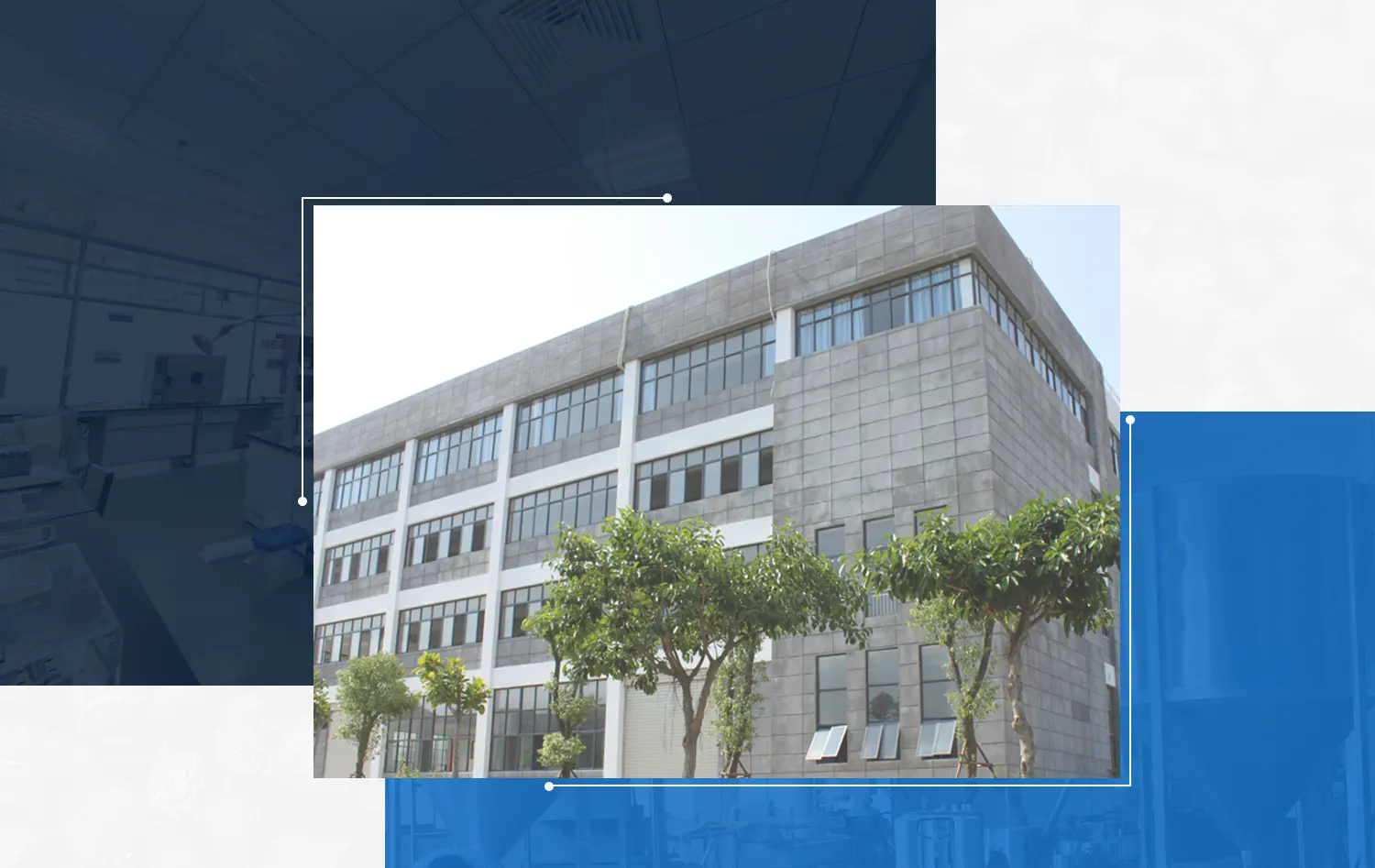
How to Buy?
If you want to obtain information such as product specifications, performance, and price, choose a suitable product according to your own needs. Meanwhile, you can ask the manufacturer to provide samples for testing to ensure that the material meets your usage requirements. If you are interested in purchasing this composite material, please contact the manufacturer Carbon (Xiamen) New Material directly.
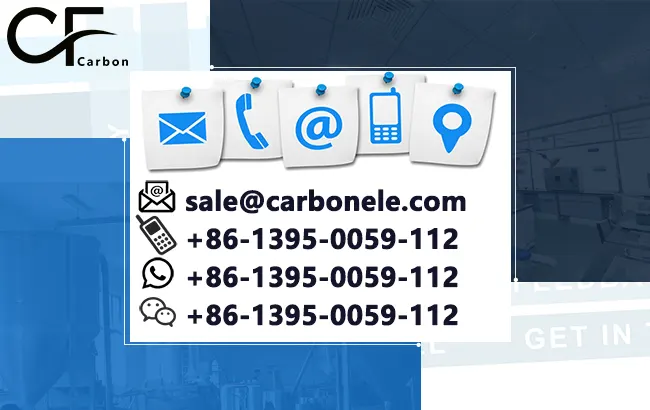
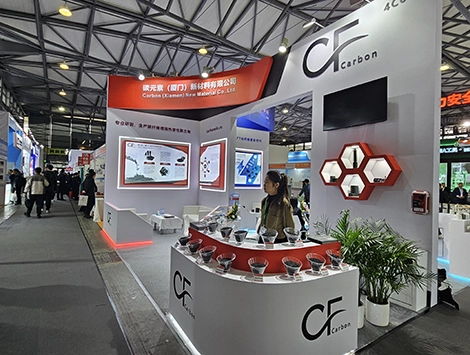

Frequently Asked Questions
Carbon (Xiamen) New Material Co., Ltd. aims to provide buyers with "one-stop" worry-free high-quality services. Here you can find all information about carbon fiber engineering plastics. If you still have questions, please send us an email for consultation!
-
How can I contact the manufacturer of a product that interests me?
When you find a product you are interested in, you can contact the manufacturer directly by sending an email and we will get back to you as soon as possible.
-
How do I find the products that interest me?
All you need to do is enter the keyword, product name in the search window and press the Enter key on your keyboard. Your search results page will then be displayed. You can also search within the product category pages on the home page. Each category is divided into subcategories, allowing you to refine your search and find products that interest you.
-
Where will I find a buying guide?
Please contact our after-sales service directly and we will provide you with a comprehensive operating guide.
-
What are CF Reinforced Thermoplastic Composites?
CF Reinforced Thermoplastic Composites are materials where carbon fibers are incorporated into a thermoplastic matrix. They combine the strength and stiffness of carbon fibers with the processability and recyclability of thermoplastics. For instance, they are used in automotive parts like bumper beams.
-
What are the benefits of CF Reinforced Thermoplastic Composites over traditional composites?
The key benefits include faster production cycles, easier recyclability, and better impact resistance. They also offer design flexibility. An example is in the manufacturing of consumer electronics casings where complex shapes can be achieved more easily.
-
How are CF Reinforced Thermoplastic Composites processed?
Common processing methods include injection molding, extrusion, and compression molding. Injection molding is widely used for mass production. For example, in the production of small components for the medical industry.
-
What industries use CF Reinforced Thermoplastic Composites?
They are utilized in aerospace, automotive, medical, and sports equipment industries. In aerospace, they can be found in interior components. In the medical field, they might be used in prosthetics.
-
How does the carbon fiber content affect the properties of the composites?
Higher carbon fiber content generally leads to increased strength and stiffness but may reduce ductility. A moderate content is often balanced for specific applications. For example, a higher content might be preferred in structural parts of a race car.
-
What are the challenges in using CF Reinforced Thermoplastic Composites?
Challenges include higher material costs, complex processing equipment requirements, and ensuring uniform fiber dispersion. Issues with adhesion between the fibers and the matrix can also arise. An example is in achieving consistent quality in large-scale production.








